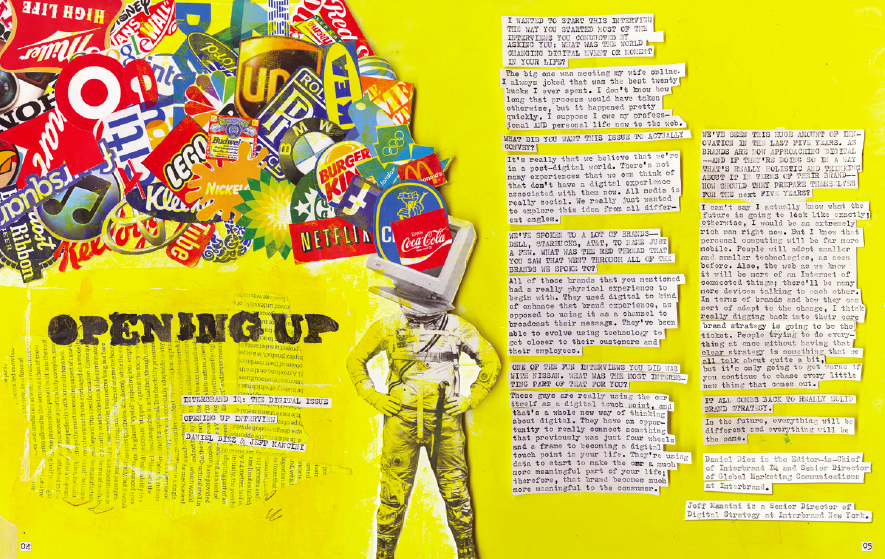Back in 2010, at the All Things D conference one of the best business leaders and visionaries of all times, Steve Jobs, said: «I don’t want us to become a nation of bloggers. I think we need editorial more than ever right now «.
Most probably, he said that not because he had really cared about the level of professionalism of the people who create online or digital content, but to promote the then-new Apple’s iPad platform for digital publishers. Whether you agree on Jobs’s statement or not, the «content is a king» principle has been and always will be core to any media business.
However, it seems that there is still room for experiments with the new media and its rather rebellious formats.
Photo: Marcus Buchelli, the publisher and owner of Mag20
A Swiss former PricewaterhouseCoopers’ financial manager, and now an entrepreneur and publisher, Marcus Bucheli, is questioning the pillars of traditional media business, launching a new print magazine Mag20 with no editorial at all. Based on a «web 2.0» principle, the crowdsourced content (best 20 articles) for the print publication will be selected by Facebook and Twitter users from all the user-generated (or commercial, I suppose) materials, uploaded on the project’s website Mag20, by simple voting. Both online and print version will be free of charge and distributed at the Swiss universities. So, free content results in a free media product, while the business model here is still old-fashioned and straightforward: ads. The first paper issue is set to go on August, 16.
For me, as a media expert, two main questions arise here. First off, could the crowdsourced materials be credible and valuable enough? Because for any print or online media the most important factors are trust and credibility. The second question is ROI for advertisers. Are students the right audience for a print media in terms of their financial capability? Does an advertiser pay for the right «target people»? Overall, this «media» business model looks viable, however, feels too commercial.
Interestingly, that some media (especially, journals and blogs) are not necessarily shaped to be commercially successful, but created to become a tool for a publishing company to strengthen their expertise, find new clients or staff.
Photo: the opening page of the pdf-version of print IQ magazine by Interbrand
Take the new digital and print journal IQ, described by the publishing company Interbrand as «one of their most creative initiatives to date». The launch of the new project was announced on the 21 of June at the Cannes Lions Festival of creativity and positioned as «online and print magazine that focuses on the ideas and issues that drive the art and science of brand forward».
Interbrand, one of the world’s biggest international network-owned branding agencies, who has run a famous blog on branding Brandchannel.com since 2001, unlikely strived to make the IQ media project commercially successful as such. Obviously, it is more down to trust, the right image and expertise, and respect.
Interbrand’s IQ can be regarded a good example of quality editorial, which may allow itself to break free from commercial pressure and even be «too» creative. While online version with its really thoughtful and valuable video interviews gives a sort of new knowledge and inspiration, the pdf-version of the first printed issue dashes with its overdesigned unreadable layout and quirky color palette. But still, professional content and new knowledge are the reasons for readers to buy paper journals and actually read them. Not just recycle responsibly.

